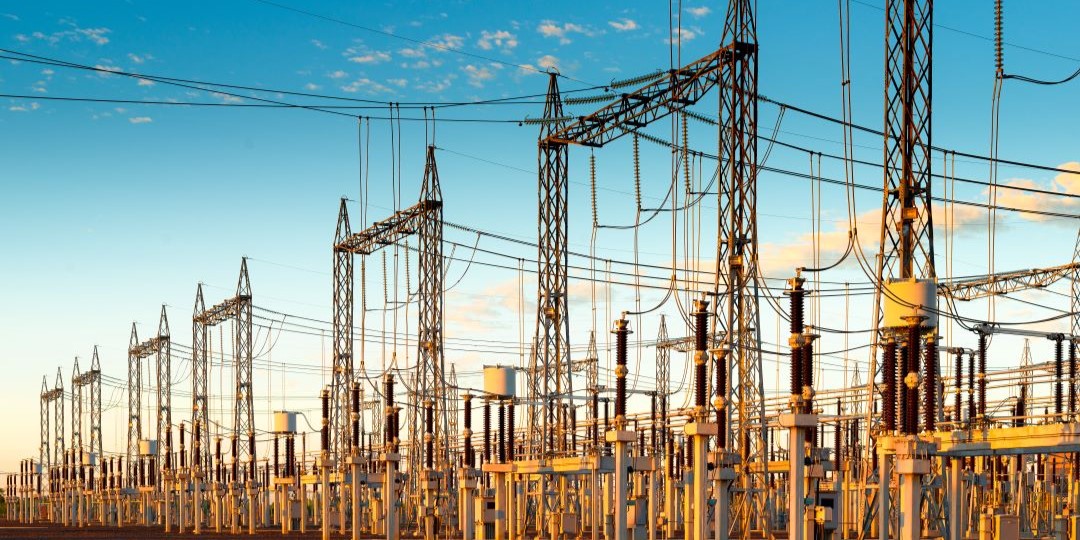by C. J. Ingersoll – President, Gridforce Energy Management LLC

We were excited to join the NAES family of companies in July of this year. From our headquarters in Houston, we help power generators and other entities maintain a consistent, reliable flow of electric power through the grid as we enhance their profitability and reduce their risk and compliance exposure.
How exactly do we do this? It’s complicated. We operate primarily as a ‘balancing authority’ – a BA for short – for independent power producers (IPPs) and electric utilities. A BA ensures that power system supply and demand are finely balanced in real time, which is essential to maintaining reliable operation of the grid. If supply and demand fall out of balance, it can cause local or even wide- area blackouts. NERC implements and enforces standards under which BAs maintain proper operating conditions.
A little background is in order here. Local grids are interconnected to form larger networks for reliability and commercial advantages. The Bulk Electric System (BES) that serves the lower 48 states comprises three main networks that for the most part operate independently of one another: the Eastern Interconnection (generally the area east of the Rockies); the Western Interconnection (generally the area west of the Rockies); and the Electric Reliability Council of Texas (ERCOT, which covers most but not all of Texas).
The structure of the three interconnections helps maintain the reliability of the BES by providing multiple routes for power flow and allowing generators to supply electricity to many load centers. This redundancy helps prevent transmission line or power plant failures from interrupting service. While the interconnections map the physical grid, its actual operation is managed primarily by reliability coordinators, transmission operators and BAs like Gridforce.
Every element of the BES has to reside inside a BA. An IPP that doesn’t receive services from a firm like Gridforce is typically sitting inside a utility host BA. We offer IPPs a couple of alternatives: Hire us to set you up as a BA – or retain us as your BA for all intents and purposes. We also provide services to other BAs, which have us supplement their BA obligations and delegate responsibilities to us. In the latter case, Gridforce serves as the registered BA. Either way, it frees them from tariffs and associated penalties.
These tariffs include regulation as well as balancing energy and reserves. When an IPP sits inside a host utility BA, they’re charged for those services under the utility’s tariff based on meter readings for the prior month. These charges, which are often considerable, can come as quite a surprise. At Gridforce, we essentially help IPPs shop at Costco instead of Safeway – by liberating IPPs, rural cooperatives and other ‘little guys’ in the BES from these heavy and unpredictable tariffs. We can potentially save facilities in the NAES fleet millions in penalties and billing errors while providing flexibility in managing their power supply and sales.

Gridforce has certified 48 BAs, managed full requirements service for five municipal utilities and provided services to over 13 GW of generation in five NERC regions. From our state-of-the-art energy control center in Houston, our NERC-certified team analyzes grid activity 24/7 in real time as well as historically and looking forward.
This gives our clients unique control over asset operation and settlement activities. As energy accountants, our team also helps them limit their compliance exposure and verify data. To put it simply, they count, track and tag megawatts the same way financial accountants do with dollars. Essentially, we’re a control center with a national infrastructure.
